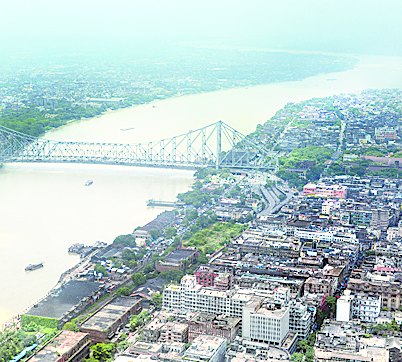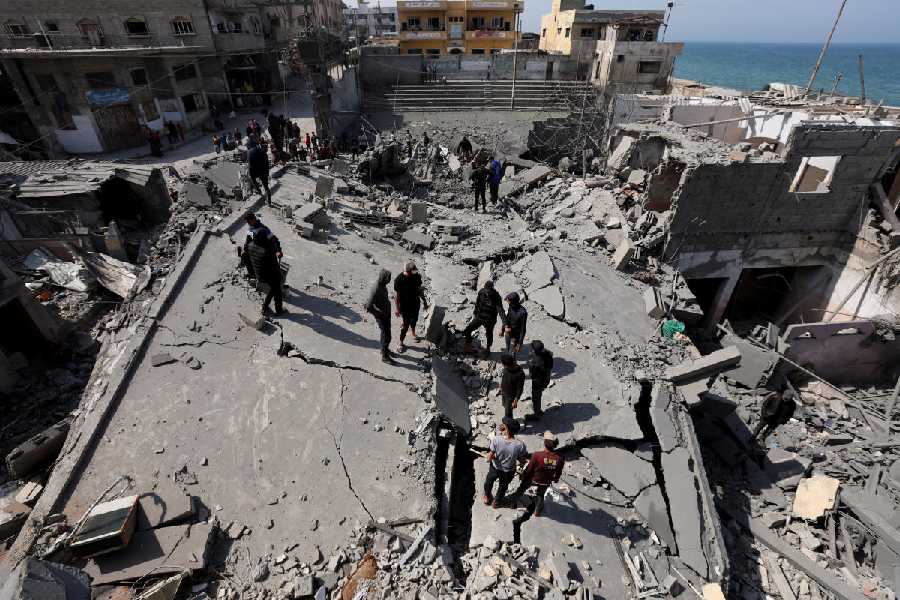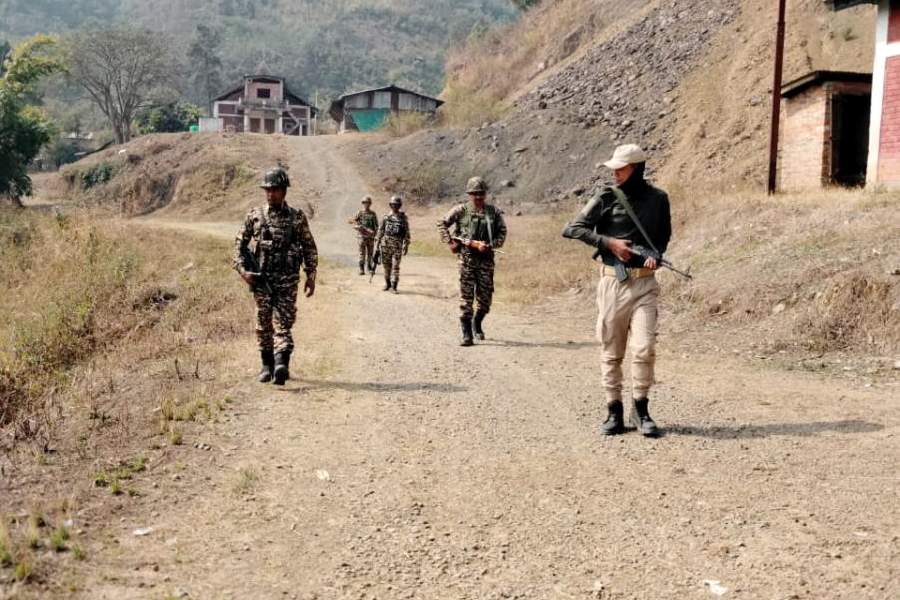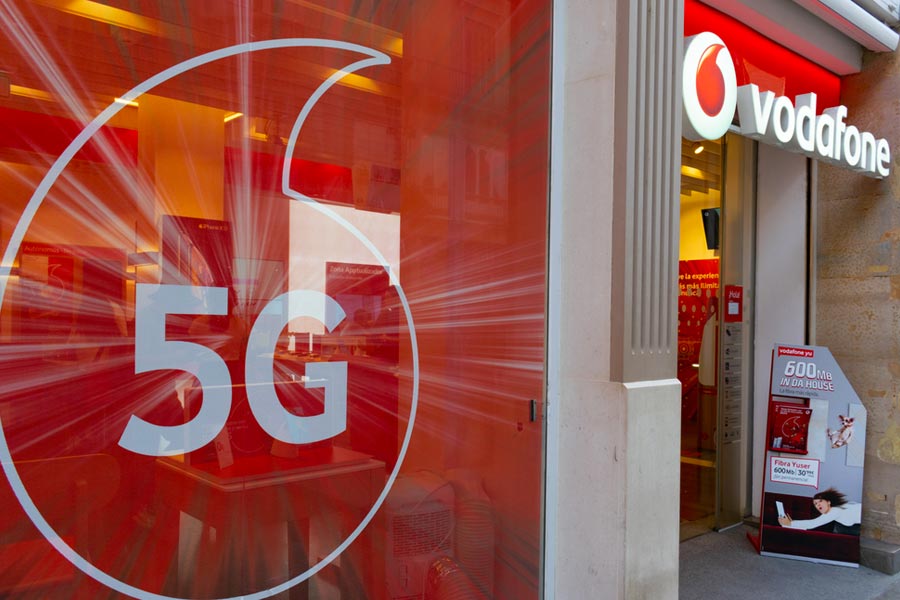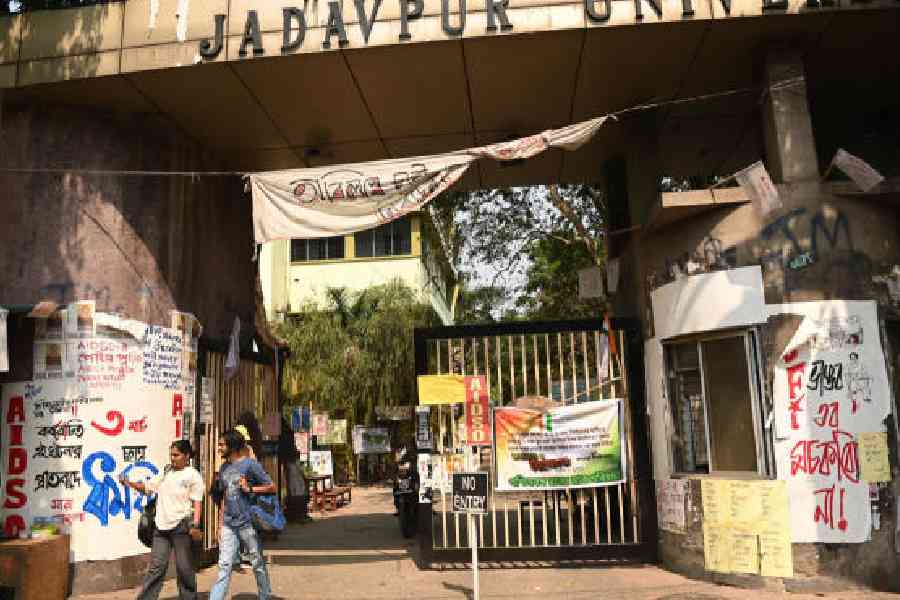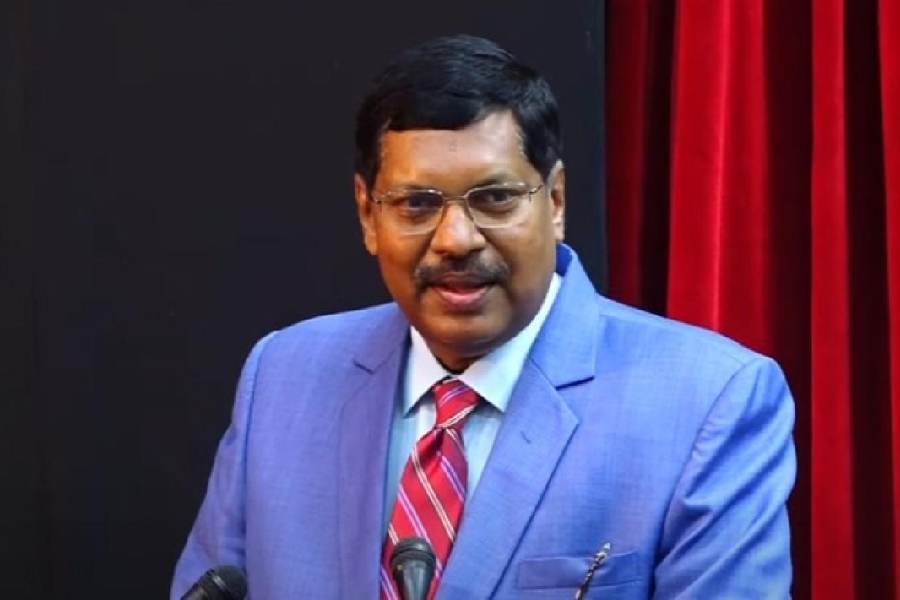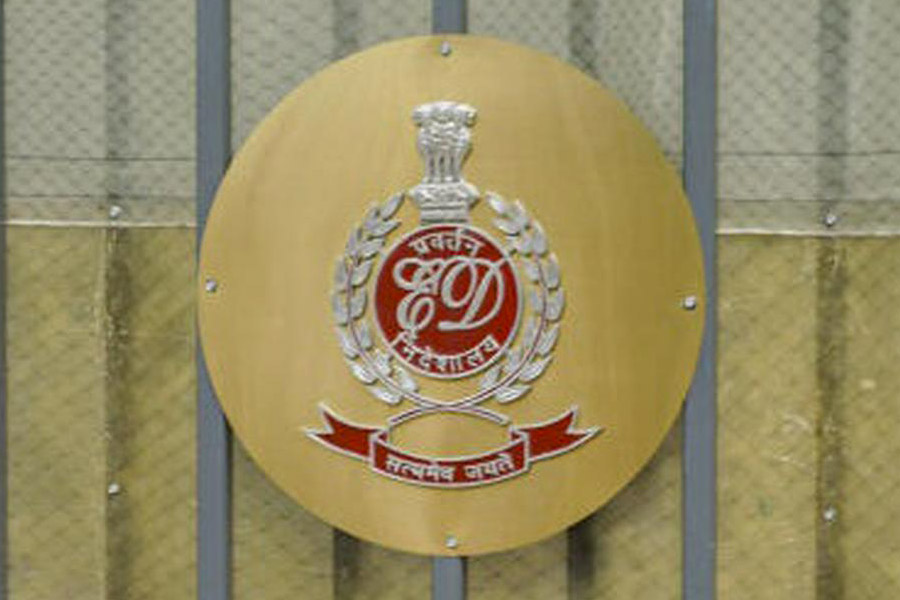
The NGO, People United for Better Living in Calcutta or PUBLIC, turned 25 this year. Setting aside the temptation to look back and celebrate peaks climbed and milestones crossed, they chose to look at the future: what, they asked, might Calcutta look like 25 years from now? What might it feel like? How would it compare with the city we know today?
To seek the answers, they took recourse to a forecasting technique known as the Delphi method. The name derives from the location of a temple to Apollo where the ancient people of the Mediterranean sought oracular wisdom from a priestess reputed for such ability. The technique consists of setting up a panel that is asked to submit its forecasts to a moderator, while remaining anonymous to one another. The moderator analyses each forecast, puts together the commonalities and the outliers and feeds it back to the panel. This iterative process continues till convergence is achieved.
Research on the technique has shown that the panel does not have to be made up of experts - a group of "normal" people is as likely to produce an accurate forecast as a bunch of experts. The reason is that the iterative interaction that takes advantage of group wisdom without the negatives of group dynamics, such as dominant members putting others down. As long as people are willing to listen to other opinions and review their own in the light of what others are saying, the Delphi method works well.
The panel for this forecasting effort consisted of nine people. There was a historian, a press attaché, an academic, a fashion icon, a businessman, a healthcare manager, a think-tank member, traveller-writer and a social entrepreneur. Their ages spanned from 30-something to 60-plus. Three of the nine were women. While some were no longer resident in the city, all nine had had several years of exposure to Calcutta. They discovered one another's identity only after the forecasting exercise had concluded.
In order to start the panel on the same page, a brief summary on key events and features of the last 25 years - labelled "Calcutta 1990-2015" - was circulated. It recalled that in a publication to mark Calcutta's tercentenary in 1990, the then chief minister had noted "the bitter hardship of life people have to endure in the city. The choking overcrowding in the city's surface transit system, the traffic jams, the acute shortage of housing stock, the meandering growth of the encroachments..."
While some of these hardships may have lingered even in 2015, life in the city had shown marked improvement since 1990. Power cuts and the pathetic phone system were a distant memory, and with its malls and flyovers and street lights Calcutta did seem to have entered the 21st century. But two aspects caused concern - the increased gap between the haves and the have-nots, and the apparent loss of the city's unique character. With rising property prices pushing the bhadrolok to the fringes of the city, Kolkata's identity could be heading in a direction different from what was envisaged when the name was changed from Calcutta to Kolkata in 2001. Ironically, rather than reinforcing the cultural associations engendered by the new pronunciation, Kolkata had become less Bengali than Calcutta used to be: one estimate put the Bengali population of the city at 45 per cent.
The brief asked the panel to consider whether the loss of gentility had been accompanied by an apparent increase in intolerance. In November 2007, the army had to be deployed because police were unable to quell the violent protests against the Bangladeshi writer, Taslima Nasreen, continuing to reside in the city. Six years later, under a different dispensation, it was Salman Rushdie who was prevented from promoting a movie based on his book, Midnight's Children, at a literary event. Apparently arbitrary administrative actions such as a college professor being jailed for emailing a political cartoon and a farmer being arrested for raising a question on fertilizer price rise attracted only a murmur of protest from a city reputed to hold tolerance and diversity as one of its long-standing values.
And so, with this quick look back over the twenty-five years just gone by, the brief posed the question that while we seemed to have seen a lot of change, "Have we seen a lot of real change?" There may be more lights, but was the legendary joie de vivre that the city was always recognized for still bright? "Whither goest Kolkata?" the panel was asked.
The city will surely change over the next 25 years, said the Delphi panel in their forecast. The changes will be in the physicals as well as in the character and feel of Calcutta, and they will vary in desirability. While there was agreement among some of the forecasts, sharp differences showed up among others. Following the Delphi process, we tried to resolve these differences through iterations but were unable to work our way around one key issue - the nature of political leadership governing this city over the 25 years.
First, the points on which there was consensus. Growth led the way: while there may not be any internal or organic driver of growth from within the city, the India growth story will spill over into Calcutta. The city will grow in spread and commercial activity will occupy more space by way of malls, restaurants and retail businesses. There will be more cars and more flyovers, more suburban living and more commuting. But because of the relative absence of urban planning and the omnipresence of greedy and aesthetically unaware builders, the green cover of the city will suffer and there will be less open space for public use.
There was, though, divergence of views on how the city's infrastructure will respond to the physical growth. Excessive concretization, according to some members of the panel, will choke the drainage system, just as the growth of vehicular traffic will choke the streets and the lungs of the residents. A counterview, however, stated that growing consciousness among the people of Calcutta would result in more efficient use of the available infrastructure. Public transport, for instance, would offer wider choice, such as water transport, and the city could well be boasting of the best public transport system in the country by the time 2040 rolls around. Similarly, greater use of alternate energy even at the household level (solar panels, for example) would enable us to end the fourth decade of this century as an environmentally responsible city.
Our own view is that past data and experience from other settings do not give us confidence in the city's aspiring classes giving up their pursuit of the perceived good life. Public goods, such as clean air and open spaces, are likely to be sacrificed for the sake of greater private consumption and the price will be paid by the city.
The reason for the differing forecasts - crumbling versus coping infrastructure - appears partly to lie in very different assumptions about the future political leadership in the city. One set of forecasts saw populism with its attendant negatives continuing to dictate life in Calcutta; the alternative view expected development issues to come centre-stage and political leadership to pass into the hands of a qualitatively new generation. The nature of leadership would also have economic consequences for the city: governance-conscious leadership would not only improve infrastructure and services, but it would also create enabling conditions for entrepreneur-led boutique and knowledge-based small businesses to grow. Those who expect leadership to be more-of-the-same saw little scope for positive change.
Here again the balance seems to weigh in favour of the sceptics. If the question were asked, "Why should political leadership over the next 25 years be any different from what it has been in the past?", the answer would be hard to find. Populism rather than visionary leadership delivering development would seem to be the continuing fate of Calcutta.
Expectations concerning the nature of political leadership are also linked to forecasts about poverty. Those who saw leaders focusing on development issues and delivery of services expect the number of poor to decrease, though poverty - as seen in the gap between rich and poor - will increase. But others who expected leaders to continue to pander to populist positions see the poverty gap being manifest in increased crime and spread of "goondaism" and civil unrest.
The forecasts converge strongly in their description of how the character of Calcutta will change over the next 25 years. The continuing migration of the young to other cities and the market-driven push of the Bengali resident to the outskirts of the city, while making it more cosmopolitan, will weaken Calcutta's connection with its past. Its cultural ethos, its tolerance and compassion, and its "there-is-life-beyond-work " attitude will be replaced by the matter-of-factness of a metropolis devoid of civic-mindedness or the social interdependence exuded by the French term, civicism. Calcutta will no longer be a cutting edge city or a cultural capital - whether real or imagined.
It will be just another city.
And if rising sea-levels and surges caused by climate change show to be true, the persistent predictions being that Calcutta will be submerged by 2040, will anything really matter?

